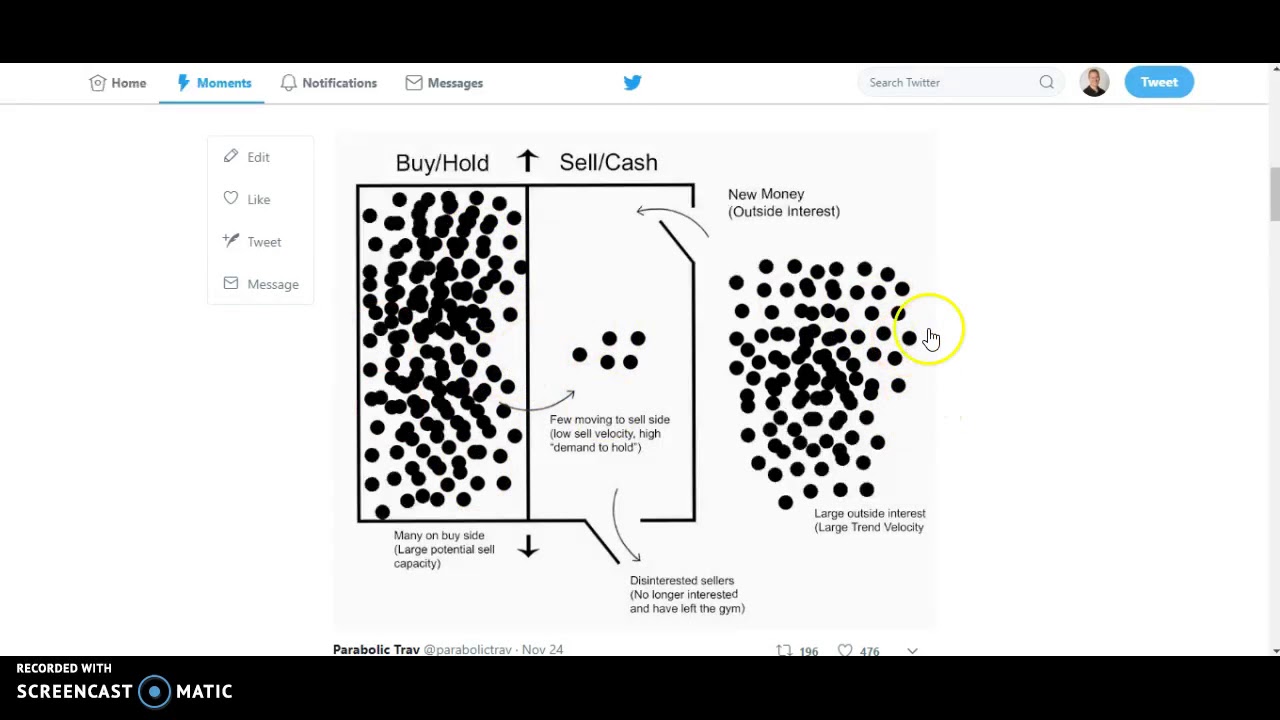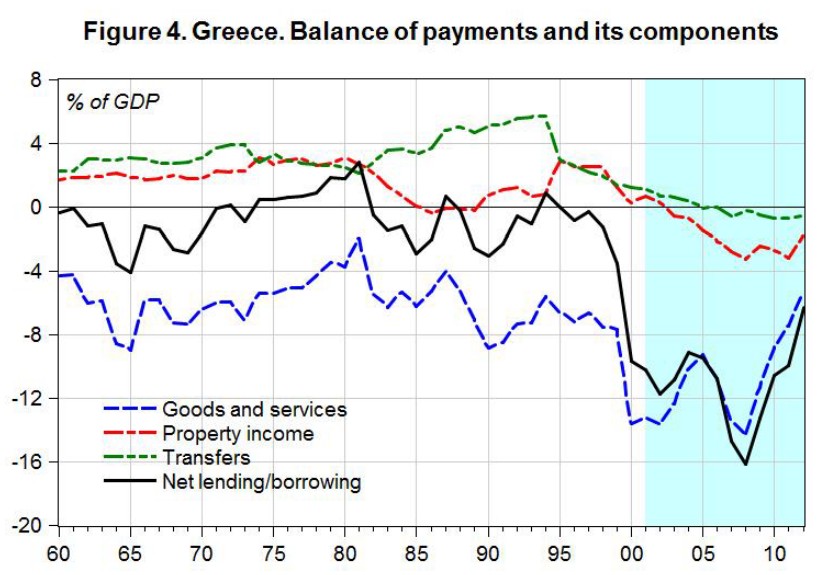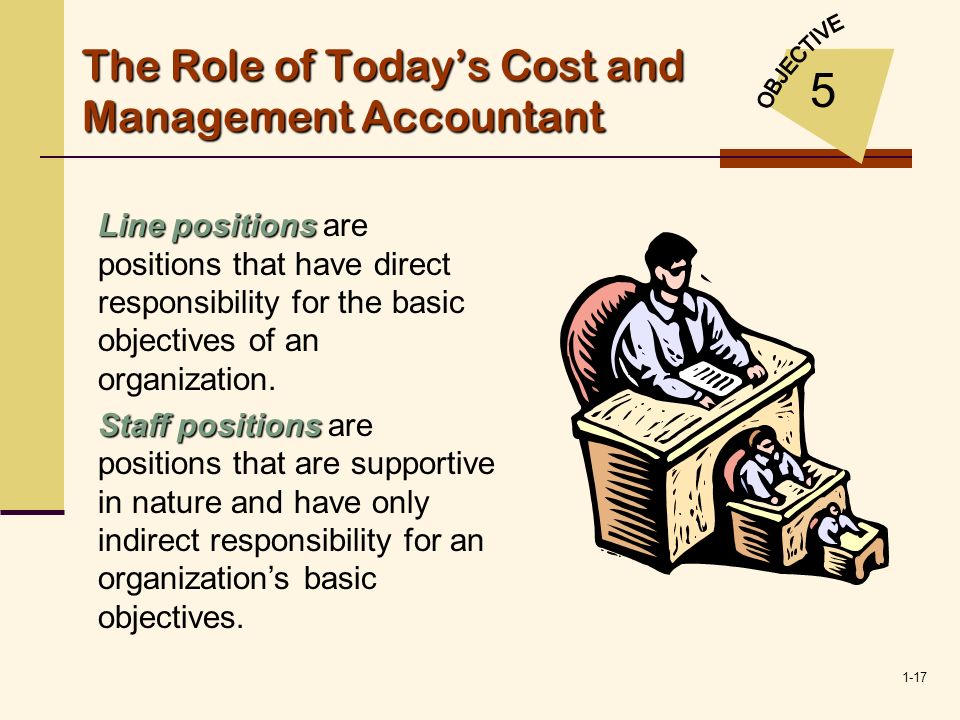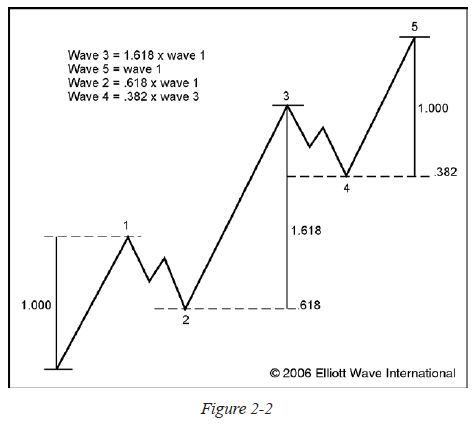About the Leases guide & Full guide PDF
Contents:


The accounting for such transactions has changed significantly, though, with FASB’s issuance of new standards for revenue recognition and lease accounting in recent years. If a lease renews automatically for the next 40 – 50 years – or somewhere far into the future, it is highly unlikely the lessee can be reasonably certain they will renew so many years away. However, the lessee could make a case of being reasonably certain to renew for the next five to ten years, in which case they would document their determination of the term length and establish the related lease liability based on that judgment.
Medical Properties Trust Responds to Wall Street Journal Article – InvestorsObserver
Medical Properties Trust Responds to Wall Street Journal Article.
Posted: Fri, 07 Apr 2023 21:11:00 GMT [source]
At the time of the lease agreement, the equipment has a fair value of $166,000. In a lease, the lessor will transfer all rights to the lessee for a specific period of time, creating a moral hazard issue. Because the lessee who controls the asset is not the owner of the asset, the lessee may not exercise the same amount of care as if it were his/her own asset.
What are prepaid lease payments?
The new standard will require organizations that lease assets— referred to as “lessees”—to recognize on the balance sheet the assets and liabilities for the rights and obligations created by those leases. Determining whether an arrangement contains a lease is likely to be more important since virtually all leases will require recognition of an asset and liability by a lessee. It will also make the allocation of contractual consideration between lease and nonlease components a critical element of the accounting analysis for many reporting entities. Furthermore, the Internal Revenue Code (“IRC”) provides that gain or loss attributable to the cancellation or termination of a right with respect to property which is a capital asset in the hands of a taxpayer is treated as a capital gain or loss. In order for a lease cancellation payment to fall under this provision, the real property would need to be a capital asset in the hands of the landlord and not an asset used in a trade or business (i.e., it could not be IRC Sec. 1231 property). In order to qualify as a capital asset and not as IRC Sec. 1231 property, a landlord’s activities in such property would need to be minimal.
- In a lease, the lessor will transfer all rights to the lessee for a specific period of time, creating a moral hazard issue.
- Prepaid Lease Payments – Lease payments made to the lessor before or at the commencement of the lease.
- When there is a purchase option the lease liability is reassessed and increases.
- Rentals tend to be short-term — typically 30 days, max — while leases skew longer, often measured in years.
- To remeasure the lease asset using the proportionate change in the remaining ROU asset, the lessee must assess the remaining ROU asset in comparison to the original terms of the lease agreement.
While an entity works toward adoption of ASC 842, the entity’s normal operations do not cease; new leases are entered into, and existing leases are modified or terminated. Accordingly, the adoption of ASC 842 should not be viewed strictly as a linear process. In implementing ASC 842, entities will need to change not only their accounting for and financial reporting of leases but also their related systems and processes. It is important for all entities to develop an implementation plan well before ASC 842’s effective date. Although some of the accounting changes may seem intuitive, the necessary data and systems changes are significant and, without preparation, may be overwhelming. A lessee should treat its selected method as an accounting policy election by class of underlying asset.
Full lease termination options broken down by lessee and lessor
New accounting standards aim to increase transparency of leasing activity on a lessee’s financial statements by eliminating prior “off balance sheet” treatment. The lessee is the entity that pays the lessor for use and day-to-day control over a leased asset during the lease term, in accordance with the lease agreement. Leasing assets is a common practice for companies of all sizes and industries. Among their many advantages, leases increase businesses’ purchasing power, decrease maintenance costs (if the lessee isn’t responsible for maintenance) and help better manage cash flow. However, accounting for leases has become an issue for many companies due to new accounting rules that began in 2019 for publicly traded companies and took effect at the end of 2021 for private companies. If a modification is not considered as a separate contract, the accounting for a lessor depends on the classification of the original lease as compared to the reassessed classification of the modified lease as of the effective date of the modification.
REGIONAL HEALTH PROPERTIES, INC Management’s Discussion and Analysis of Financial Condition and Results of Operations (form 10-K) – Marketscreener.com
REGIONAL HEALTH PROPERTIES, INC Management’s Discussion and Analysis of Financial Condition and Results of Operations (form 10-K).
Posted: Fri, 14 Apr 2023 20:48:06 GMT [source]
Ernst & Young Global Limited, a UK company limited by guarantee, does not provide services to clients. Measure the carrying amount of the underlying asset as the net investment in the original lease immediately before the effective date of the modification. If the lease modification creates a separate lease, the lessor makes no adjustment to the original lease and accounts for the separate lease the same as any new lease. At the beginning of Year 4, prior to the modification, the carrying amounts of the ROU asset and lease liability are $270,261 and $289,319, respectively.
Try LeaseGuru for free for ASC 842 & IFRS 16 compliance
Like IFRS 16, a lessor in a sales-type or direct financing lease accounts for a lease modification as a separate contract if the same criteria used by lessees to make this assessment are met. Under US GAAP, a lessor first evaluates whether the modification of an operating lease should be accounted for as a separate contract applying the same criteria as lessees do. If the modification meets the criteria to be accounted for as a separate contract, the modification is accounted for as a separate contract, unlike IFRS 16. Companies have been busy implementing the new leases standard , with a particular focus on transition and the Day 1 accounting. Although companies may have dealt with lease modifications at transition, modifications that take place after transition are a key ‘Day 2’ aspect of the new standard for both lessees and lessors.
Each of these topics is addressed below (also see Deloitte’s March 30, 2021, Accounting Spotlight for a more detailed discussion). Please note that the accounting considerations below apply to entities that have already adopted ASC 842. Entities that have not yet adopted ASC 842 should work with their accounting advisers to determine the impact of real estate rationalization under ASC 840.
The lease receivable should be measured at the present value of lease payments expected to be received during the lease term. The deferred inflow of resources should be measured at the value of the lease receivable plus any payments received at or before the commencement of the lease term that relate to future periods. The FASB’s new standard on leases, ASC 842, is already effective for public companies and is replacing today’s leases guidance for other companies in 2021. The first four chapters provide an introduction and guidance on determining whether an arrangement is a lease and how to classify and account for lease and non-lease components. This guide also discusses the modification, remeasurement, and termination of a lease, sale and leaseback transactions, leveraged lease transactions, as well as other topics.

Lessees and lessors should recognize short-term lease payments as outflows of resources or inflows of resources, respectively, based on the payment provisions of the lease contract. In the operating lease scenario, the lease expense is constant throughout the lease term. The lease liability account is reduced annually by an amount equivalent to the finance lease’s interest expense, and lastly, the equipment account is reduced by the difference between the lease expense and the lease liability change. This last quantity is a plug to get our debits and credits equal, and these amounts will sum up to the lease liability balance over the lease term. Also, because of the different lease classifications available under US GAAP (i.e. sales-type and direct financing), there are other differences in post-modification lessor accounting when lease modifications are not accounted for as separate contracts.
Lease accounting (ASC for private companies
Under ASC 840, sale and leaseback accounting is applicable only to lessees. This includes detailed and specialized guidance applicable to sale and leasebacks involving real estate. Under ASC 840, assumptions relevant to classification and measurement are determined at lease inception. Recognition of rent expense or capital lease assets and liabilities begin at the commencement date. Under ASC 842, the determination of whether or not a contract is a lease or contains a lease is done at the inception date.
- Leases differ from rental agreements in many ways but the two most significant are duration and control.
- There may be instances however, where it is more appropriate to use the proportionate change in the remaining ROU asset .
- This date determines when the lessee recognizes their ROU asset and lease liability under ASC 842.
- Under ASC 842, a lessee may elect an accounting policy, by asset class, to include both the lease and nonlease components as a single component and account for it as a lease.
When measuring an https://1investing.in/ lease, a single lease cost is calculated so that the remaining cost of the lease is allocated over the remaining lease term on a straight-line basis. This single cost includes the interest charge and ROU amortization; the straight-line lease expense is calculated by dividing the undiscounted payments by the lease term. Once having read the above, you should have a clear understanding of the new lease accounting standard. You should be aware that leases now come on the balance sheet in the form of a lease liability and right of use asset.
At the end of each, the entity must accrete the interest at 8 percent on the lease liability, record the rent expense, amortize the right-of-use asset, and disburse the cash for year two rent. The lease has been categorized as an operating lease, and the entity has determined that its total fixed rent to be $475,000 ($500,000-35,000+10,000) Therefore, on an annual basis, it will recognize $95,000 of fixed rent expense. Generally, internal incremental costs such as salaries, advertising, other origination efforts, etc., may not be considered initial direct costs.

Under ASC 842, a lessee will need to monitor for triggering events on an ongoing basis. Under ASC 840, incremental direct costs can include internal costs as well as external costs such as legal fees, even if incurred before the lease was obtained. Therefore, certain incremental costs previously eligible for capitalization will be expensed under ASC 842.
If you are contemplating a possible lease termination, please contact your tax and accounting expert to assist you in applying this guidance in your specific circumstances. For tax purposes, deductions will be incurred as lease payments are made and income realized as sublease payments are received. As illustrated in Figure LG 5-1, a lessee’s accounting treatment of a lease modification depends on the type of modification made to the lease.

In this blog, we will address the accounting for a partial termination of a lease under ASC 842 and IFRS 16. Visual Lease Blogs – read about the best lease administration software, lease management solutions, commercial lease accounting software & IFRS 16 introduction. Obviously, there is a lot to consider when evaluating lease accounting software and getting ready for FASB, IASB, and other compliance requirements. When there is a material change to a lease — something that causes a change in either the payments or the value of the lease asset itself — it triggers the need for lease remeasurements. For example, remeasurements may be needed due to abandonments, asset impairments, and other causes. Under a direct financing lease, the lessor cannot be a manufacturer or dealer.
Any difference between the balances of the lease asset and liability as of the date of termination will result in a gain or loss recognized on the income statement in the period of termination. Next, the lessee should remeasure the lease liability based on the revised lease payments in the modified contract using the discount rate as of the effective date of the partial termination. The effective date of the partial termination modification is the date in which both lessor and lessee agree to the modified terms. LE then remeasures the lease liability to reflect the revised lease payments of $30,000 annually for the remaining lease term of 7 years, using the revised incremental borrowing rate of 7%. As a result, the modified lease liability is $161,679, a further decrease of $11,912 ($173,591 – $161,679).
In that fact pattern, the IRS determined that a termination of the tenant’s location #1 lease and the agreement to purchase location #2 were not separate events, but rather one overall plan. The tenant’s right to terminate was conditioned on the purchase of location #2 as well as the start of construction at location #2. Furthermore, the taxpayer would not terminate its location #1 lease if it did not plan to acquire an alternative site for its headquarters.
Dequickbooks payrollining whether leasing is right for your business requires thoughtful consideration of many variables. The new accounting standards challenge conventional wisdom and create significant lease accounting burdens. Using the right automated lease accounting software can help clear away those burdens and allow business leaders to make better-informed decisions by staying focused on the unique pros and cons of leasing for their business.
ABC leased a machine from XYZ for three years for $2,500 per month, a total of $90,000. Using ABC’s 6% incremental borrowing rate, the PV of ABC’s rental payments is $82,588. Since the PV of the lease is significantly less than the machine’s fair market value ($100,000), the lease is categorized as an operating lease. Under ASC 842, ABC reports the machine as a right-of-use asset with a corresponding lease liability on its balance sheet.
Leave a Reply